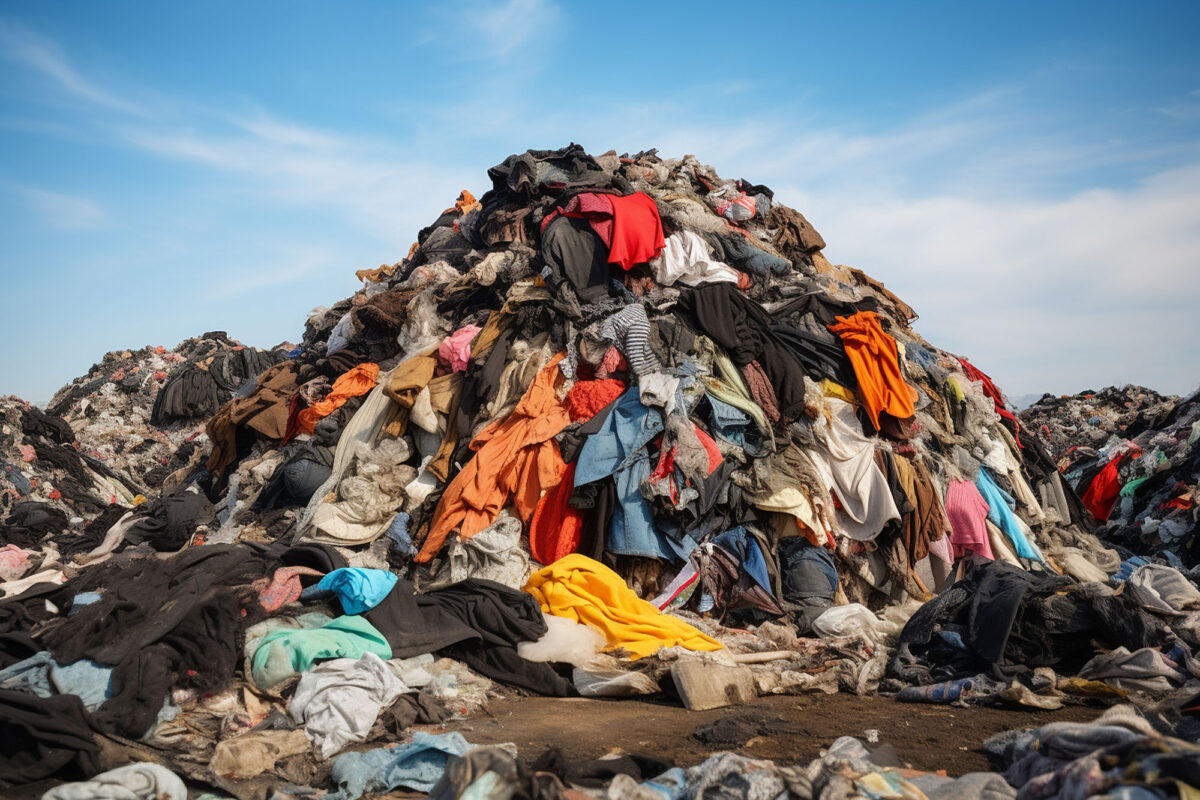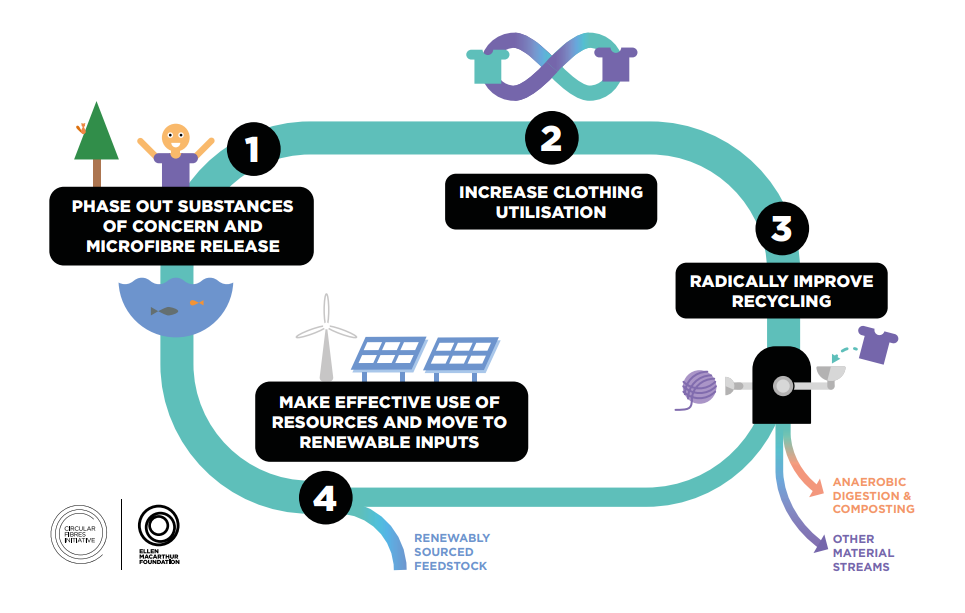The Fashion Industry Needs an Alternative to Recycled PET

The fashion industry is disrupting the PET circular economy. They are taking recycled plastic from a closed loop with high recycling rates, like food and beverage, into an application that recycles less than 1% of its products.
The textile industry is a significant sector in the global economy, that provides employment for hundreds of millions around the world. Clothes represent comfort, and protection and are a sign of status and individuality. However, the fashion industry must overcome some challenges in the coming years in order to become really sustainable.
Looking for fiber-to-fiber recycling
First, the fashion industry relies heavily on petroleum-derived synthetic fibers, primarily polyester, to make garments. Lately, this polyester comes in the form of recycled PET in an effort to make textile production more sustainable. But, in reality, this is disrupting PET’s circular economy.
PET bottles are in a closed-loop recycling system for food contact materials and are subject to extended producer responsibility obligations, unlike the fashion industry.
Taking PET from a well-established recycling process in the food and beverage industry to the fashion industry affects its circularity.
Less than 1% of the material used to produce clothing is recycled into new clothing. This represents a loss of materials worth more than $100 billion per year. Including rPET in the production of clothes does not solve the sustainability problem in fashion. They need a fiber-to-fiber recycling model.
Redesigning Fashion’s future
According to the Ellen MacArthur Foundation report “A New Textiles Economy: Redesigning Fashion’s Future”, it is necessary to transform the life cycle of clothes and textiles.

New textile and fashion circular economy. Courtesy of Ellen MacArthur Foundation.
The industry needs to innovate and create new materials that can be easily recycled. This means stop using rPET from other established recycling closed loops and start the fiber-to-fiber recycling. This new model will also prevent pollution in the environment as the current clothing system does.
